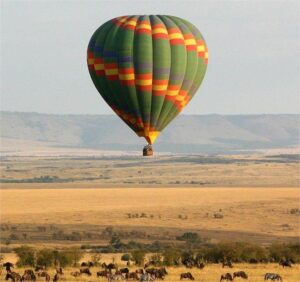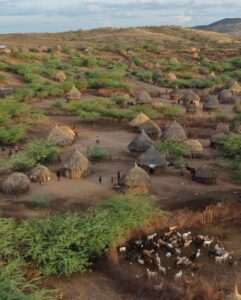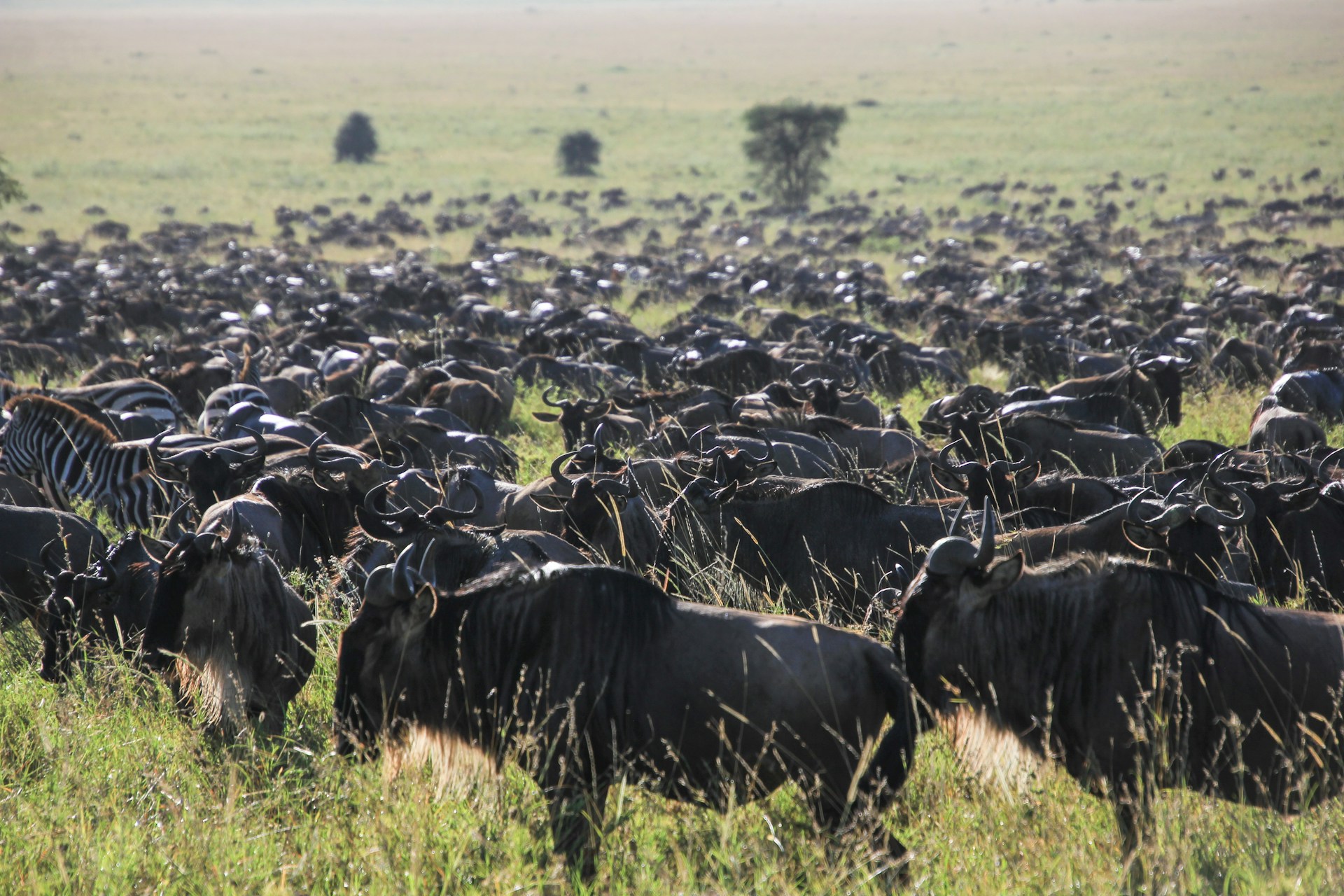MASAI MARA NATIONAL RESERVE
Masai Mara, one of Kenya’s most iconic game reserves, is a dream destination for anyone craving adventure, wildlife, and unforgettable landscapes. Known for its rich biodiversity and stunning views, Masai Mara attracts travelers from all over the world, eager to explore its wilderness. Whether you’re planning a Kenya safari to witness the Great Migration or simply enjoy the incredible wildlife and scenery, understanding the seasonal changes and knowing what to expect during your visit can make all the difference in creating a memorable experience. In this ultimate guide, we’ll cover everything you need to know to plan the perfect Masai Mara adventures.
Where Is Masai Mara?
Masai Mara is located in the southwest of Kenya, near the border with Tanzania. The reserve spans an area of about 1,510 square kilometers (580 square miles) and is part of the larger Serengeti ecosystem. The Mara is famous for its breathtaking landscapes of open savannah, rolling hills, riverine forests, and the iconic Mara River, which cuts through the heart of the reserve. It’s an area steeped in both natural beauty and cultural significance, as it’s home to the Masai people, a semi-nomadic community with a deep connection to the land.
The Great Migration
In the Masai Mara, the migration typically peaks between July and October. This is when the herds cross into Kenya, drawn by the promise of lush pastures after the long rains. One of the most dramatic moments of the journey happens here: the Mara River crossing. Wildebeest crowd the riverbanks, hesitate, then suddenly plunge into the fast-moving water, where crocodiles lie in wait.
The migration also attracts a high concentration of predators. Lions, cheetahs, leopards, and hyenas follow the herds closely, taking full advantage of the abundance of prey. The scenes can be intense hunts, narrow escapes, and moments of stillness fill the landscape with life.
The Best Time to Visit Masai Mara
The best time to visit Masai Mara largely depends on what kind of safari experience you’re looking for. However, for most visitors, the dry season between June and October offers the most exciting opportunities.
Activities and Experiences
A trip to Maasai Mara isn’t just about the wildlife there’s a host of activities that make it an exceptional destination.
-
Game Drives
Game drives are the heart of any Masai Mara safari. Whether you’re in an open-air 4×4 jeep or a private vehicle, you’ll have the chance to explore the reserve’s vast landscapes and spot animals like lions, cheetahs, elephants, giraffes, and more. The best times for game drives are early morning and late afternoon when animals are most active.
-
Hot Air Balloon Safari
One of the most unique and thrilling experiences you can have in Masai Mara is a hot air balloon ride at sunrise. This offers a bird’s-eye view of the entire reserve, and you’ll be able to spot wildlife below as the sun rises over the plains. It’s the ultimate way to experience the vastness and beauty of the Mara.

-
Walking Safaris
If you want to get closer to nature, consider taking a walking safari with a Maasai guide. This allows you to connect with the land on foot and learn about its flora, fauna, and ecosystems in a more personal way.
-
Masai Village Visit
Visiting a local Masai village is an enriching cultural experience. You can learn about the traditions, history, and lifestyle of the Masai people. The community members are friendly and welcoming, and you’ll have the opportunity to interact with them, see traditional dances, and even purchase handcrafted Masai jewelry and artwork.

How to get to Masai Mara
By Air
The fastest and most convenient way to get to the Masai Mara from Nairobi is by taking a domestic flight. Flights depart from Wilson Airport in Nairobi and land at one of several airstrips located within or near the reserve. Once you land, you are picked and transferred for check in in the camp and later on, embark on game drives for game viewing.
By Road
Driving to the Masai Mara offers a rich, immersive journey through Kenya’s diverse landscapes and communities. As you get closer to the Mara, the landscape becomes more dramatic with endless grasslands, rocky outcrops, and traditional Maasai homesteads where herders in bright shukas watch over their cattle.
What to Pack for Masai Mara
When packing for a safari to Masai Mara, it’s essential to bring:
- Neutral-colored clothing (khaki, brown, olive), which helps you blend into the environment and prevents scaring wildlife.
- A hat, sunscreen, and sunglasses for protection from the sun.
- A good camera with a zoom lens to capture those incredible wildlife moments.
- Binoculars for birdwatching and spotting animals from a distance.
- Insect repellent to ward off mosquitoes, especially during the rainy season.
Conclusion
The best time to visit Masai Mara depends on your preferences and what you hope to experience. If witnessing the Great Migration and having top-tier game viewing are your priorities, then the dry season (July to October) is your best bet for an unforgettable Kenya safari. However, if you’re looking for a quieter, more affordable experience, the long rains season (March to May) or short rains season (November to December) offers a more peaceful and unique adventure. Regardless of when you go, Masai Mara promises a Kenya safari experience like no other full of breathtaking landscapes, abundant wildlife, and the chance to create memories that will last a lifetime.










Michael Omondi
“Absolutely worth it!”
Flying to the Mara saved us so much time and the views were stunning. The lodge was beautiful, the staff were amazing, and we saw all the Big Five! Everything was smooth and well-organized. I’d book this again in a heartbeat.